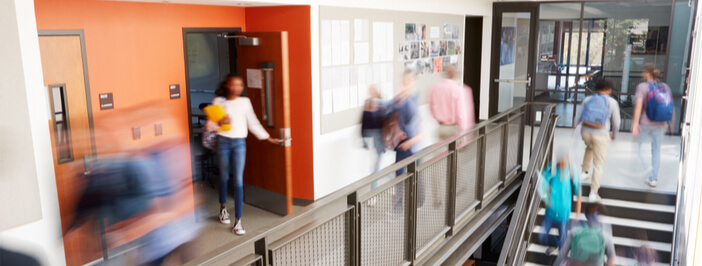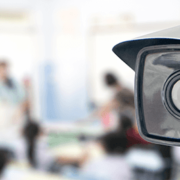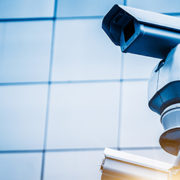Holistic campus security: Preparing for a safe school year
The new school year is just around the corner. Many students, faculty members, and other staff will be returning to school for the first time after several months of lockdown. As you prepare to welcome back your school community, don’t forget to make a comprehensive review of your school security, both digital and physical.
Cybercrime stats keep worsening year after year, more so now with many organizations, including schools, shifting to online-based transactions, collaborations, and workflows. A report released earlier this year described 2020 as a record-breaking year for cyberattacks against schools in the U.S. Last year, the K-12 Cyber Incident Map registered 408 publicly disclosed cyber incidents — an 18 percent increase over 2019.
Physical security is also a grave concern in many of our schools. A report published by the National Center of Education Statistics shows a worrying year-on-year trend of fatal and non-fatal victimization incidents in schools. These include possession of weapons, violence, bullying, theft, and vandalism.
Create a safe school environment this academic year by implementing advanced security systems and practical safety policies all around. Here are five ways to do just that:
Install panic buttons around the school
A panic button is a quick way to alert authorities or a response team in the school about a security emergency. Students and staff members can simply press the panic button to contact assistance if they spot a dangerous situation. Such as unauthorized entry, violence, medical emergency, or other safety hazards. Be sure to add panic buttons to your campus security system — ideally, in every classroom and other easily accessible locations around the campus.
Fix interior and exterior surveillance cameras
CCTV cameras are solid deterrents for criminal and malicious activities. Installing security cameras in and outside school buildings can help prevent bullying, vandalism, break-ins, and poor conduct within the institution.
Footage from surveillance systems can also serve as evidence in criminal and accident investigations. Instead of holding the entire school accountable for an unfortunate incident, authorities can pinpoint the culprit if caught red-handed by the security cameras. Monitored surveillance not only keeps your school safe but also protects it from unnecessary indemnity or legal liabilities.
Implement MFA for all users
Passwords are scaringly insecure. For one, cybercriminals keep devising powerful new ways to steal and hack user credentials. Furthermore, poor password usage practices make the job so much easier for these hackers. The Psychology of Passwords Report highlights risky user perceptions and behavior, such as password reuse and weak passwords, that seriously jeopardize passwords’ effectiveness.
In the same study, 19 percent of the respondents said they didn’t know what multi-factor authentication (MFA) was. Only 34 percent reported using it on work-related accounts. This is such a shame since MFA adds extra security layers on user accounts, extending user verification beyond possession of the correct credentials.
Enforce strict data access policies
Access control is a critical component of cybersecurity and, indeed, school security. Ensure that authorized users can only access and manipulate data that pertains to their roles and responsibilities in the institution. For instance, don’t allow past employees to retain any data access privileges or different departments to share a common data pool. Determine the most appropriate access control policy for your school among these four:
- Discretionary access control (DAC)
- Mandatory access control (MAC)
- Role-based access control (RBAC)
- Attribute-based access control (ABAC)
Conduct cybersecurity training for new and existing staff
Most cyber incidents are associated with human error. Seemingly innocent mistakes, carelessness, and negligence within your school’s staff could result in devastating repercussions. Some employees may not understand their cybersecurity roles, while others blatantly ignore security policies altogether. To keep your employees on their toes, organize frequent security awareness sessions. Combine cybersecurity education with other school safety training practices such as fire, natural disaster, and evacuation drills.
Invest in a holistic security approach combining physical protection and cybersecurity. Ensure that your institution is a safe haven for learning, spreading knowledge, and sharing ideas. Contact TFE to make this goal a reality. We provide Texas schools with the digital tools and expertise to bolster performance, security, and progress.










